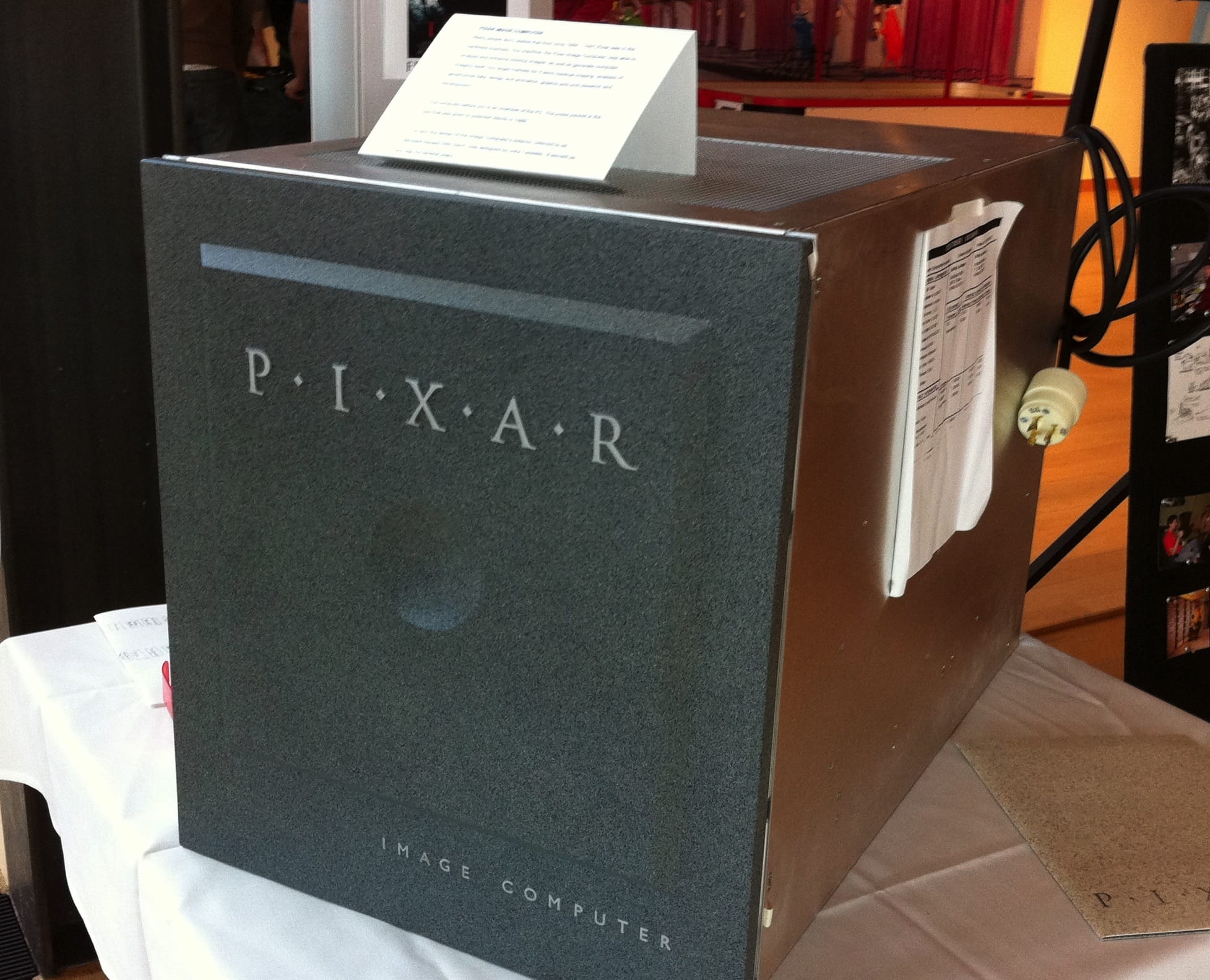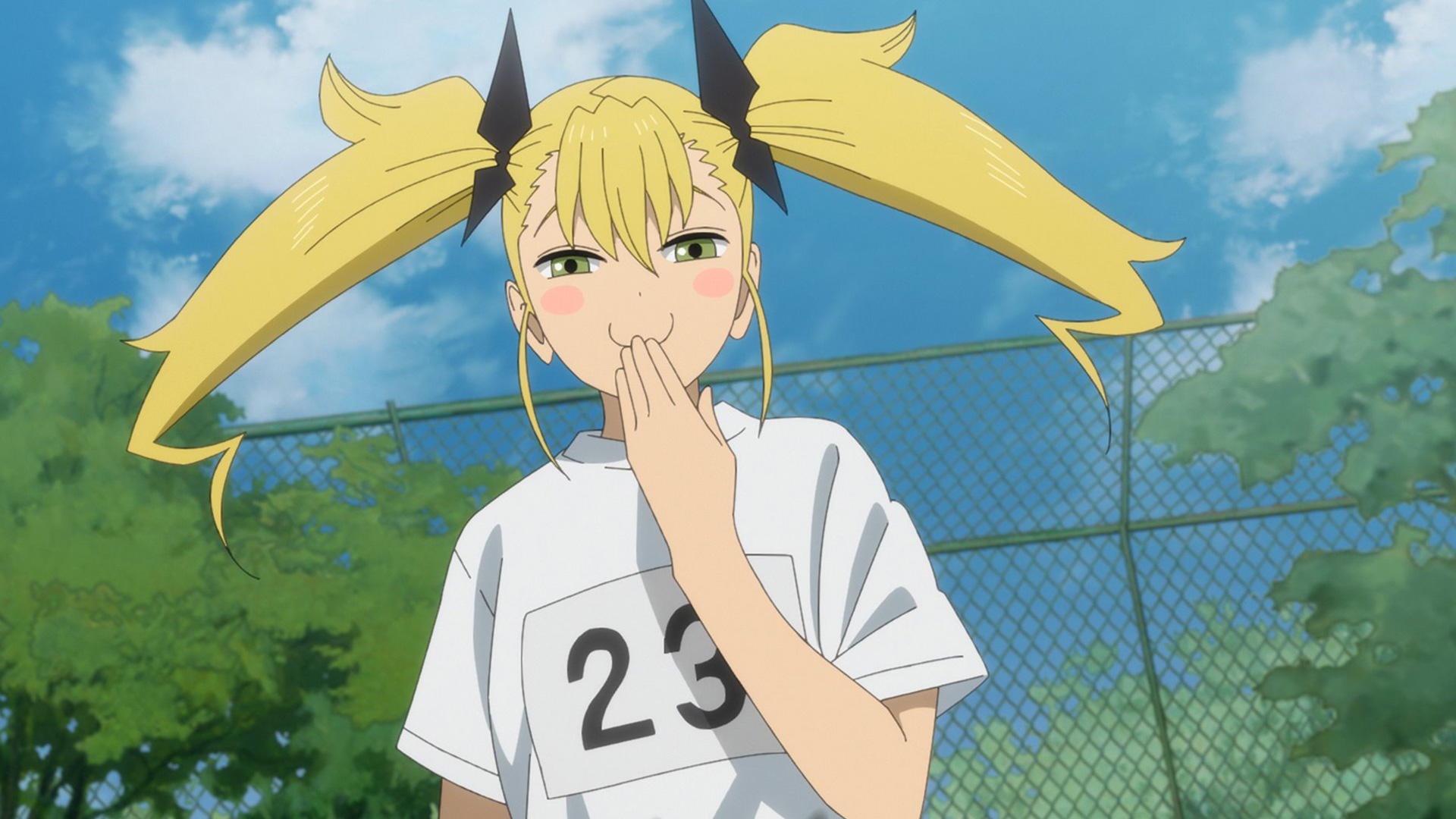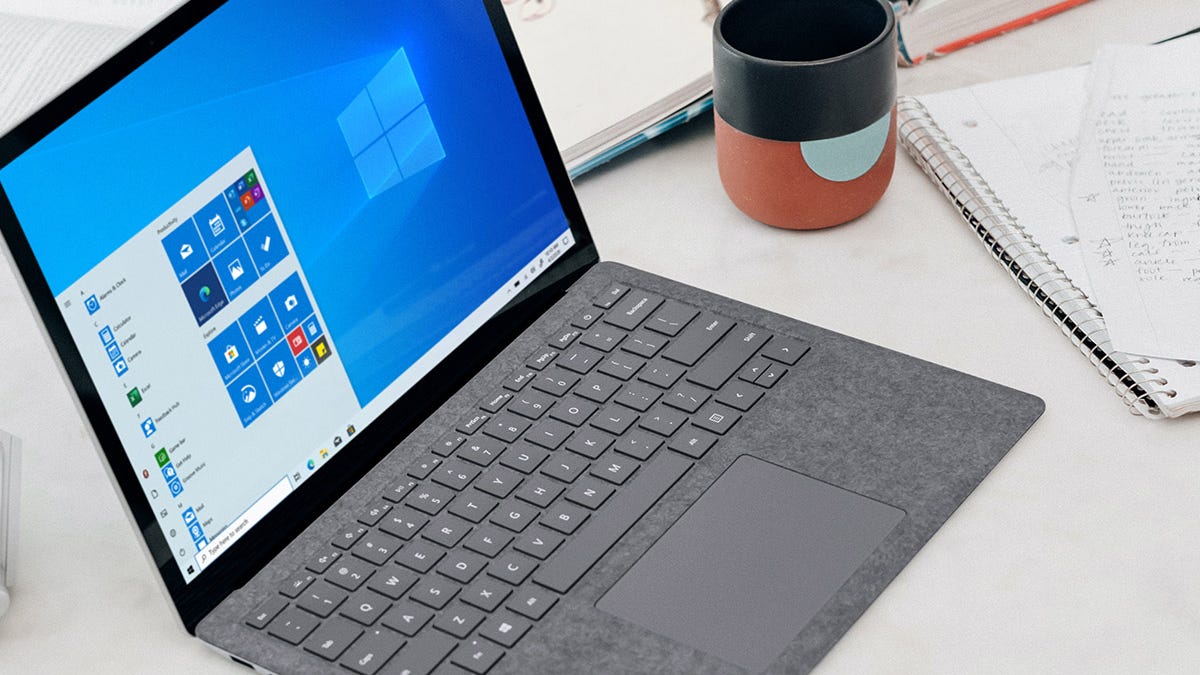
In a remarkable turn of events dating back to the early years of Pixar, before it became the animation powerhouse we know today, the company had a phase that many may not be aware of — its involvement in the hardware industry. This lesser-known chapter in Pixar’s history came to an abrupt end on April 25, 1990, when Steve Jobs, owner of the then-struggling animation studio, decided to shut down its hardware division.
Pixar, which was Jobs’ venture after his departure from Apple in 1985, initially had aspirations that extended beyond animation, delving into the production of high-end computers. Following his acquisition of a majority stake in Pixar from George Lucas for $5 million and an additional $5 million in guaranteed funding, Jobs encountered the Pixar Image Computer, a product aimed at revolutionizing the fields of graphics and imaging. The computer was developed under Lucas’s supervision before Jobs took the helm, designed to cater to the intensive graphics requirements of Hollywood studios, notably those that contracted Pixar’s services.
Despite its innovative capabilities, the Pixar Image Computer came with a hefty price tag of $135,000 — a figure that translates to more than $380,000 in today’s currency, after adjusting for inflation. This steep cost made the computer inaccessible to a broader market. The requirement for a $35,000 Sun Microsystems or Silicon Graphics workstation to operate the Pixar Image Computer further limited its appeal. A subsequent attempt to make the technology more accessible resulted in the launch of the Pixar Image Computer II, which was sold for $35,000. Nonetheless, sales remained disappointingly low, with fewer than 300 units sold, finding a niche among organizations such as The Walt Disney Company, universities, intelligence agencies, and medical research labs.
The decision to terminate the hardware division was precipitated by the success of Pixar’s five-person Animation Group, which clinched an Oscar for its short film “Tin Toy” in 1989. This unexpected success shifted Jobs’ focus towards animation, leading him to discontinue the unprofitable hardware sector of the business. This move came during a challenging period for Jobs, with neither of his ventures, Pixar and NeXT, managing to sell hardware at sustainable levels. In a similar vein, NeXT ceased hardware production three years after Pixar’s retreat from the market, resulting in significant layoffs.
However, these setbacks paved the way for unforeseen success. Pixar’s refocused efforts on animation bore fruit with the release of “Toy Story,” a global phenomenon that significantly elevated the company’s profile and led to an IPO that made Jobs a billionaire. Similarly, NeXT’s software, after reconfiguration into OpenStep, became a crucial component of Apple’s revival, culminating in the company’s acquisition of NeXT in 1996. This acquisition eventually catapulted Jobs back into a leadership position at Apple, marking the beginning of one of the most extraordinary corporate turnarounds in history.
Reflecting on these developments provides a fascinating glimpse into the iterative process of innovation and success. The discontinuation of the Pixar Image Computer serves as a reminder of the unpredictable nature of technological progress, where initial failures may set the stage for future triumphs. The legacy of the Pixar Image Computer, though a commercial misstep, indirectly contributed to the shaping of two of the most influential companies in technology and entertainment, highlighting the intricate journey of innovation that defies conventional expectations.
Source








